#copper age
Explore tagged Tumblr posts
Text

Natufian scuplture from from around 11,000, credited as the first artwork portraying sex
#natufians were freaky#stone age#copper age#bronze age#neolithic#the stone age#natufian#natufian culture#sculpture#old art#history#historic#prehistoric#palestine#jericho#mesopotamia#archaeology#anthropology
1K notes
·
View notes
Text


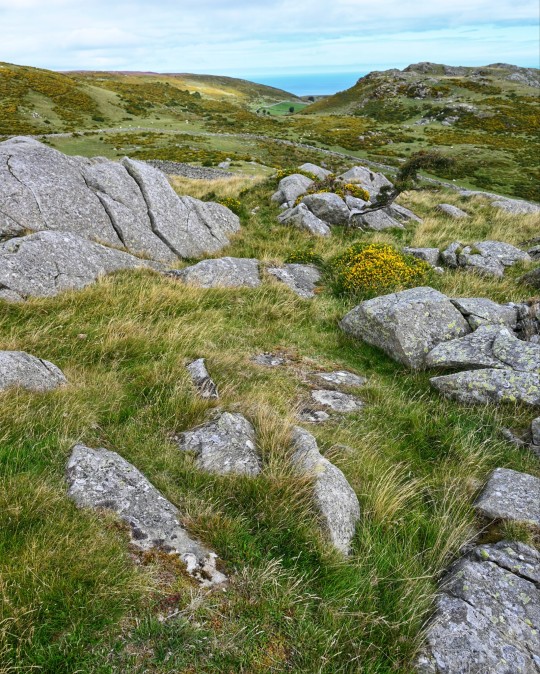
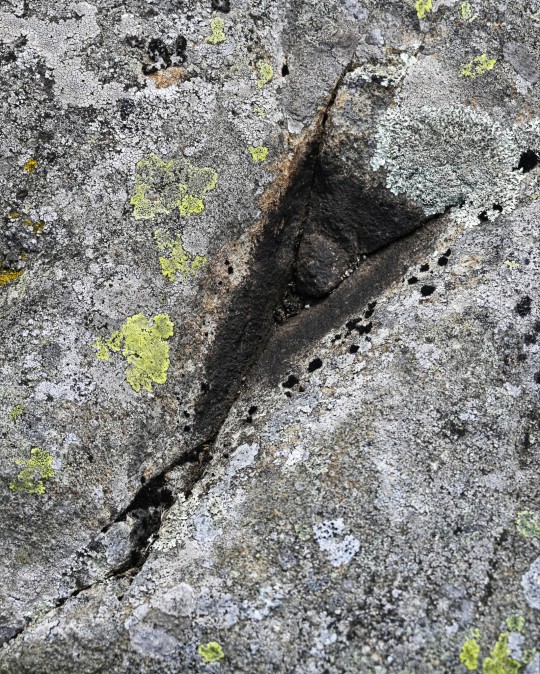
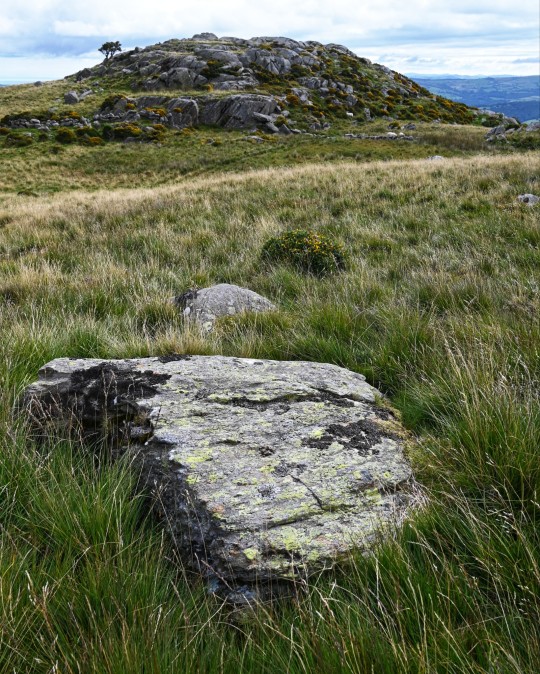
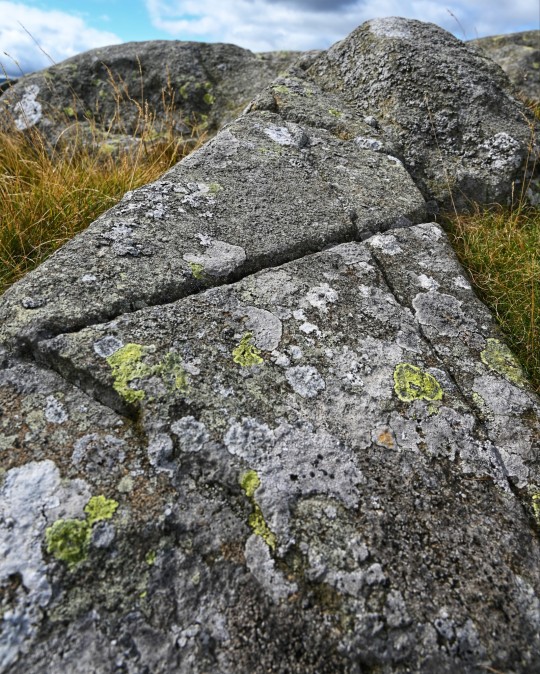

Craig Celynin Ancient Landscape, nr. Rowen, Conwy Valley, Wales
#ice age#stone age#bronze age#copper age#iron age#neolithic#mesolithic#calcholithic#paleolithic#prehistoric#prehistory#landscape#wales#archaeology#geology
4K notes
·
View notes
Text

They handed me a bowl of cooked wild grasses and they gave me the cosy comfy shoes that didn't give me blisters.
54 notes
·
View notes
Text
I'd assumed that the wheel was invented somewhere in the ancient Near East. I think the archaeologist is right, though, that multiple cultures invented the wheel at the same time.
17 notes
·
View notes
Text

Doctor Strange, after a Frank Brunner cover.
10 notes
·
View notes
Text

Was in an archeological sort of mood.
From copper age Europe we have
. The globular Amphora culture 3400-2800 bc
. The Corded Ware Culture 3000- 2350 Bc
. Funnel Beaker Culture 4300- 2800 Bc
Drawn in graphite
I tend to get fixated on archeology sometimes.
#archeology#pottery#chalcolithic#ancient history#megalithic#copper age#my art#traditional art#artists on tumblr
7 notes
·
View notes
Text










Strictly August self portraits,
Celebrating my copper age,
My 35th year on earth.
Por siempre dorado.
*forever golden
*
11 notes
·
View notes
Text
Montelirio Tholos Burial Site

Source: https://www.science.org/doi/10.1126/sciadv.adp1917
Valencina de la Concepción, Seville, Andalusia, Spain is a town built upon a large Calcolithic, Copper Age, deposit, with a large number of dolmens, a type of tomb that is also called a portal tomb built with two or more upright stones and a cap stone that looks almost like a table that were originally covered with soil. Many of these date back to before 3000 BCE. This site covers more than 450 hectares and was a permanent settlement and central hub for culture, trade, and religious and ritual activities.
One of the largest of these sites is Tholos de Montelirio, which dated to about 3000-2800 BCE. It is an megalithic corridor that is about 40 m long and has two underground chambers that were supported by wooden pillars when the site was built. During the winter solstice, a beam of light penetrates the corridor, illuminating the funeral chamber and lighting up a stele that represents the mother goddess.

Source: https://www.science.org/doi/10.1126/sciadv.adp1917
Within these remains is also a huge number of beads that had been used to create outfits for the mostly women who are buried within the chambers, the effort of which shows how highly esteemed the women were and that there was a 'complex network of artisan production and marine resource trade'. There was recently a five year study of the chambers and it was discovered that there were over 270,000 beads made largely from seashells with some of stone and bone. The estimated time to produce these beads is 247,500 hours, or 10 highly skilled people working for seven continuous months for 8 hours a day and also represents nearly a ton of marine material.

Source: https://www.science.org/doi/10.1126/sciadv.adp1917
The positions of the bodies in addition to the wealth of their clothing indicate that these people were highly valued and held positions of authority with one of them being buried with their arms raised over their head. The beads were also dated to just before the death of those who wore them, adding more credence to their status. The apparent burial of all the women simultaneously opens more questions.
Compared to other burials around the same time and in the same general area, these are unique burials. Even compared to locations where beads were found in large quantities such as Sunghir, Russia or Ba'ja, Jordan, Montelirio still stands out for the quantity of beads that have been found. Perhaps the closest comparison is the Chumash people, who lived in what is now Santa Cruz Island, California, who produced millions of shell beads that were used as currency across much of North America about 2000 years ago.
3 notes
·
View notes
Text

Cucuteni Human Dissection: a new hypothesis suggests that within the Cucuteni culture there was cult curiosity in regard to the crucible of creation, indicating that there was some knowledge of the fallopian tubes.
#history#historyfiles#ancient world#cucuteni#cucuteni-tripolye#cucuteni culture#ancient europe#chalcolithic#copper age#chalcolithic europe#balkans#human#human dissection#dissection#cult#fallopian tubes
4 notes
·
View notes
Text
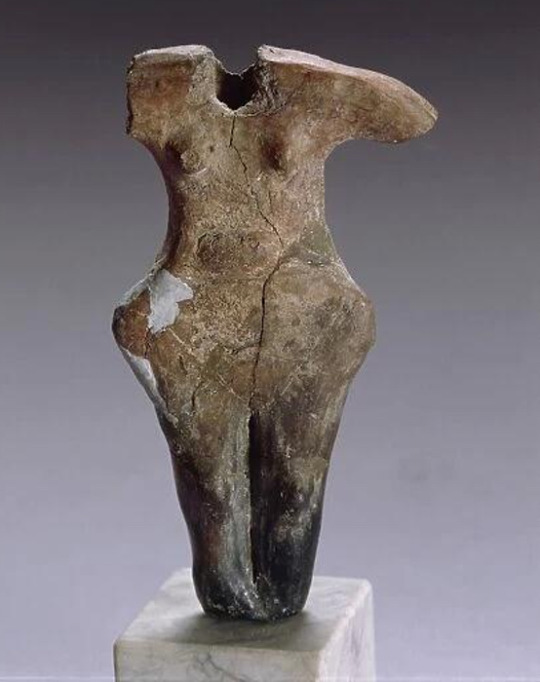
Dheut-e-Zonja, or Zôja-e-Dheut ("Lady of the Earth"), was the Illyrian/Albanian Earthmother of the ancient Balkans, also called Dheun, Dheu, and Toka ("Earth"), and Mëmë-dheu ("Mother Earth"). The Romans identified her with Tellus Mater, Terra Mater, or Magna Mater (Cybele). The very soil of Dheut-e-Zonja was believed to have the powers of an all-seeing eye that watched humanity from the ground up, knowing everywhere each of us goes. When an Albanian moved to a foreign land, he or she took with them a container of Mother Earth, as the concept of the Earthmother was regionalized. She was Mother of the Sun-goddess, rebirthing Her every morning. She cared for the dead, their remains buried and their soul going to an underworld paradise. Mourners would get on their knees making forlorn wailing sounds, then place their foreheads on Mother Earth. She was sometimes paired with Zoh-z, the Albanian Sky-god, with many formulaic sayings or prayers to Earth and Sky. Presumedly he was her husband. Dheut-e-Zonja was mother of vegetation. Her sacred groves were designated natural sites of great beauty, where it was forbidden to cut down trees, and no house or settlement was permitted, or the offenders' families would suffer longlasting misfortune.
An Albanian and Kosovan folk practice that lasted into the 20th Century provides lingering evidence of an Earthmother cult. Infants and children who were not thriving would be taken to a ritual location by an elderly woman of the family or village, there laid upon the ground, and covered with fresh earth, all except the head, the while reciting prayers or spells of healing. This was believed to impart the Earth's strength to the child.
Figurine: Copper Age ceramic goddess figurine found at Maliqi, Albania.
#Goddess#Copper Age#ceramic#Goddess figurine#Maliqi#Albania#Dheut-e-Zonja#mother of vegetation#sacred groves#folkways#Kosova#Earthmother cult#rituals#sacred ways#ancient ways#Ancestors Alive!#What is Remembered Lives#Sun-Goddess#Zôja-e-Dheut#Lady of the Earth#Balkans
34 notes
·
View notes
Text

Chalcolithic copper mine in Timna Valley, Negev Desert, Israel
#chalcolithic#neolithic#prehistory#copper#middle east#mining#archaeology#copper age#mine shaft#my upl#mine#israel#negev desert#tunnel
2 notes
·
View notes
Text


Ancient Spindle Whorls Selection, Stewartry Museum, Kirkcudbright, Dumfries and Galloway, Scotland
#ice age#stone age#bronze age#iron age#copper age#prehistoric#prehistory#neolithic#mesolithic#paleolithic#archaeology#ancient textiles#textiles#spindle whorl#weaving#spinning#fabric#material#ancient crafts#ancient living#ancient cultures#archaeological
338 notes
·
View notes
Text
The 5,000-year-old burial site was until excavations earlier this year burial site in San Giorgio Bigarello, Italy
5 notes
·
View notes
Text
youtube
The Copper Age Explained
from Epimetheus
7 notes
·
View notes
